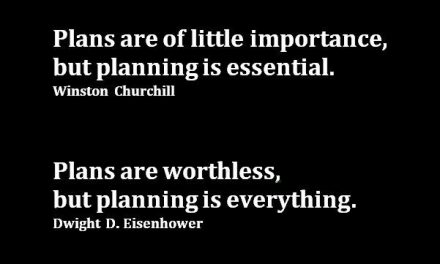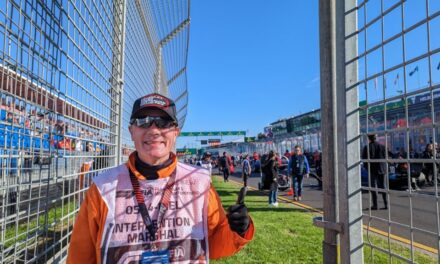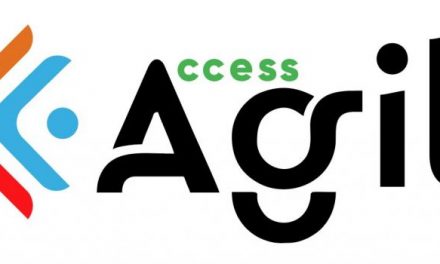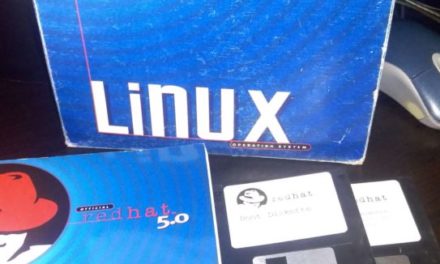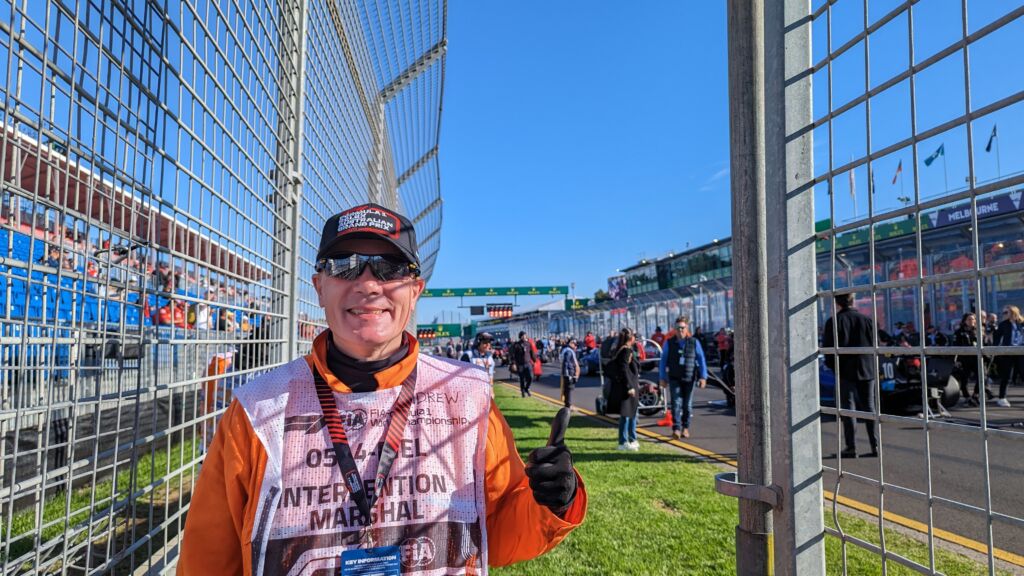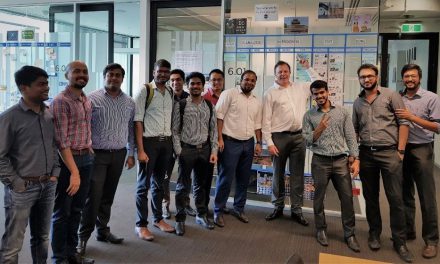Over four days I took part in the Australian Formula One Grand Prix as a volunteer Track (intervention) Marshal. Why is an Agilist interested in elite motorsport? Sure, it quickens the heart of half a billion fans and we can learn from how these events are planned and executed. How we can apply Agile concepts to almost any endeavour and here, with an event which consumes close to one thousand volunteers plus many, many more in logistical and support areas let alone the teams themselves and their vast entourage.
From Thursday, meeting my fellow sector marshals through to Sunday, we formed a tightly knit team that worked together as one. With our Sector Marshal in constant contact with Race Control, ably backed by our Comms Marshal with fifty years experience (!), together with our Flag, Intervention and Spectator Marshals we looked out for and supported each other in a sport where when things go wrong lives are potentially at stake.
At sector 0.2, opposite pit lane exit and metres down the track from the start finish line with classic, Porsche Carrera, V8 supercars, Formula 3, 2 and 1 race cars travelling at up to 350 km/h (220 mp/h) metres from our segmented 3,500 kg safety fence we had to be 100% aware at all times of what was going on. We strategised how to respond in an incident situation and how to maintain our health when many of us were up from 4:30 am through to late in the evening and doing that for four days in a row.
What did we learn? How to form a team in a highly compressed time, how to develop and exhibit trust, how to listen to and learn from colleagues coming from very different backgrounds, how to use concepts that as fellow Agilists we know and love. The Daily Scrum transmuted to the morning marshal briefing and sector huddles, the sprint plan imbued in the minute by minute race schedule, the sprint review in our quality assurance reports to Motorsport Australia, inspecting and adapting, looking to continuously improve as the days passed leading up to the signature event, the Formula One race itself.
I won’t and can’t comment on media reports about the end of the race save to say that at our sector we were fully aware that spectators would be stampeding our way as soon as the race officially ended and the track was open to spectators. We knew this, we had sought intel from our security personnel and each other, we developed strategies (yes, more than one!) to manage this and we executed our strategies. Our plan was built around scenarios, what if conditions, how we would respond and what we would do and through this our teammates and our equipment went untarnished.
What can we learn from the execution of such an incredibly complex event with literally millions and millions of variables? Know your mission statement, your goal, know what your role and purpose is, accept your purpose and play your role, believe and trust in yourself and your colleagues, teach rather than tell, know that you can’t know everything, support each other, reflect, iterate and adapt. Talk to each other and communicate openly and transparently – we had a bevy of pre-prepared hand signals to ensure that no matter what, we could make our needs and intentions clear.
What about the planning? Build a plan and be ready to respond to change, lead by teaching not telling, know that the plan can and will change and must be able to respond to the unforeseen. Supporting elite motor racing isn’t predictable, it can be chaotic and is without doubt complex. Use systems thinking and understand the context. Think, plan, do, check, act.
Oh yes, it’s easy to get so caught up in the event that you’re not fully present, don’t forget to have fun and enjoy what you’re doing!


